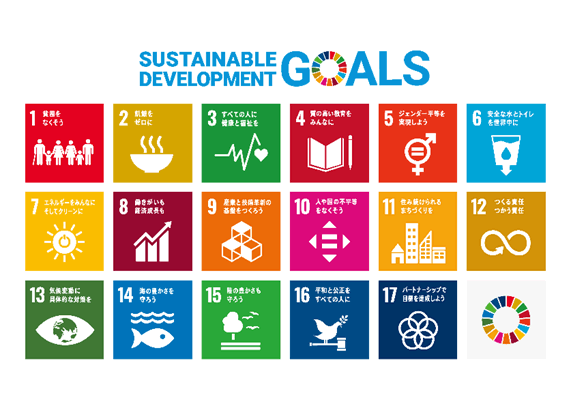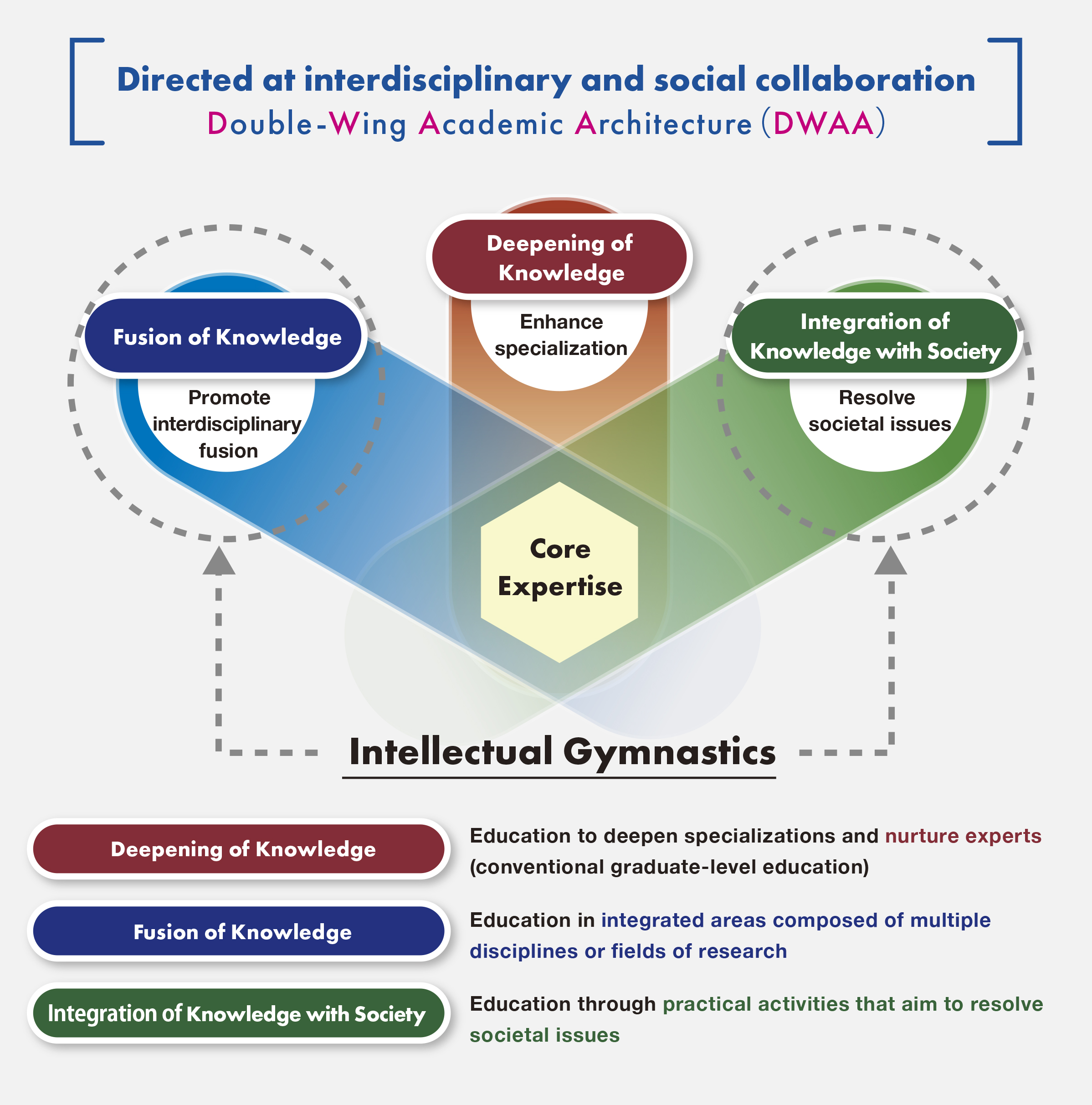Design Your Own Learning with The University of Osaka ʼs Graduate Education System

Since the 2021 academic year, The University of Osaka has been promoting the Double-Wing Academic Architecture (DWAA), an advanced graduate education system. It is geared toward interdisciplinary and social collaboration, with the aim of nurturing doctoral professionals capable of generating social innovations across a wide range of fields not limited to academia.
Contemporary societies are facing complex and increasingly diverse issues, such as those identified in the SDGs. These issues cannot be solved through unidirectional processes: it is essential to develop advanced capabilities that enable issues to be tackled from various angles.
Dramatic changes are also taking place in the form of advancements in AI and other technologies alongside the global spread of infectious diseases. We are said to live in an era of uncertainty when predictions are difficult to make.
In these conditions, graduate degree holders are expected to tackle problems with flexibility and a broad worldview, collaborate with diverse stakeholders, and leverage core expertise as they more broadly and deeply deploy their graduate school education.
DWAA is composed of three areas: “Deepening of Knowledge,” “Fusion of Knowledge,” and “Integration of Knowledge with Society.”
In addition to developing expert knowledge, which has been the focus of conventional graduate school education, one feature of this new system is expanding education in two new directions predicated on the acquisition of core expertise.
The University of Osaka has long offered a range of educational programs oriented toward the “Fusion of Knowledge” and the “Integration of Knowledge with Society.” To provide students with more flexible choices, these programs have now been reorganized as “Intellectual Gymnastics Programs”.

